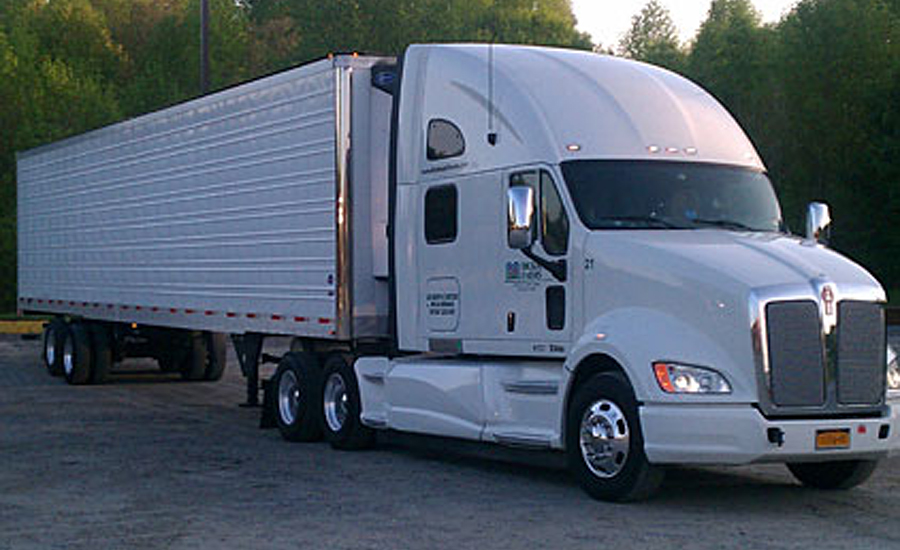The truck refrigeration unit market is estimated to be $10.5 billion in 2018 and is projected to reach $15 billion by 2025, at a CAGR of 5.21%, according to a report published by ReportLinker, New York. The demand for refrigeration units is driven by the increasing demand for frozen and chilled products and increasing sales of commercial vehicles. However, cabin comfort norms are acting as restraints for the refrigeration unit market.
The light commercial vehicle (LCV) segment is estimated to be the largest truck refrigeration unit market, by vehicle type.
However, fitment of the frozen refrigeration unit requires certain power output of light trucks as frozen refrigeration units come with high-capacity compressors.
The roof mount system segment is estimated to grow at the fastest rate in the LCV refrigeration unit, mainly because growth of this system entails enhanced operational efficiency, simple working mechanism, lightweight, compact size and low maintenance cost, among others.
On the other hand, the split systems are economical compared to the roof mount system, and boast a higher adoption rate in the developing countries of Asia Pacific. However, the roof mount systems are projected to dominate during the forecast period.
The Asia Pacific region is projected to lead in the truck refrigeration market during the forecast period owing to the presence of countries such as India, China and Japan, which have a substantial consumption of frozen and chilled products and need to maintain the shelf life of perishable commodities. Countries such as India and China are trying to improve their cold storage infrastructure to prevent wastage of items.
In-depth interviews were conducted with chief executive officers, marketing directors, innovation and technology directors and executives from various key organizations operating in the refrigeration unit marketplace.
• System Manufacturer (45%), Tier I (35%) Others (20%)
• C level (40%) D level (35%) Others (25%)
• The Americas (40%), EMEA (35%) Asia Pacific (25%)
Note: Tier-1 companies are component suppliers, and other companies are fleet owners, body builders and associations.
Study: Increasing demand for frozen, chilled items to drive truck refrigeration market
The light commercial vehicle segment is estimated to be the largest truck refrigeration unit market, by vehicle type.

